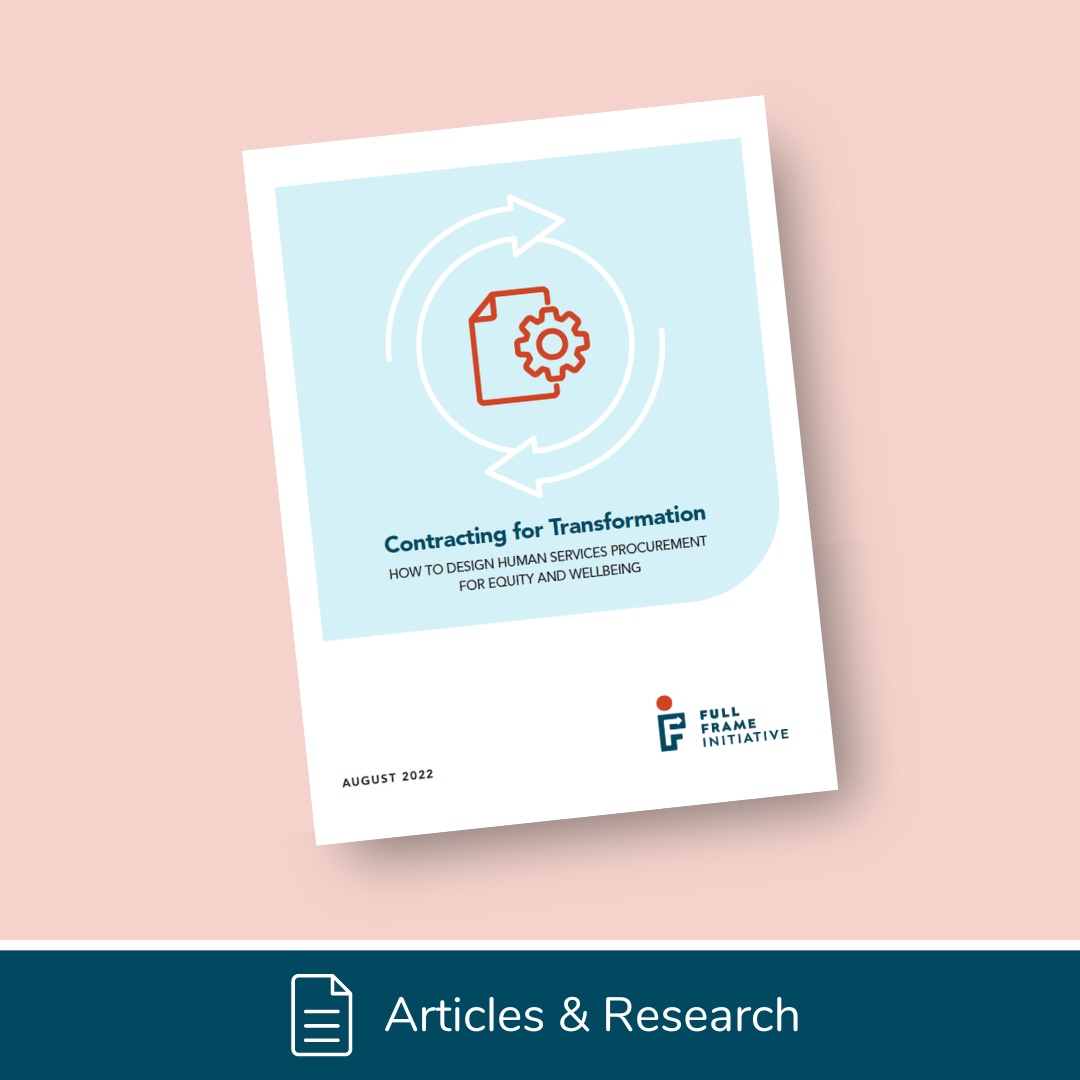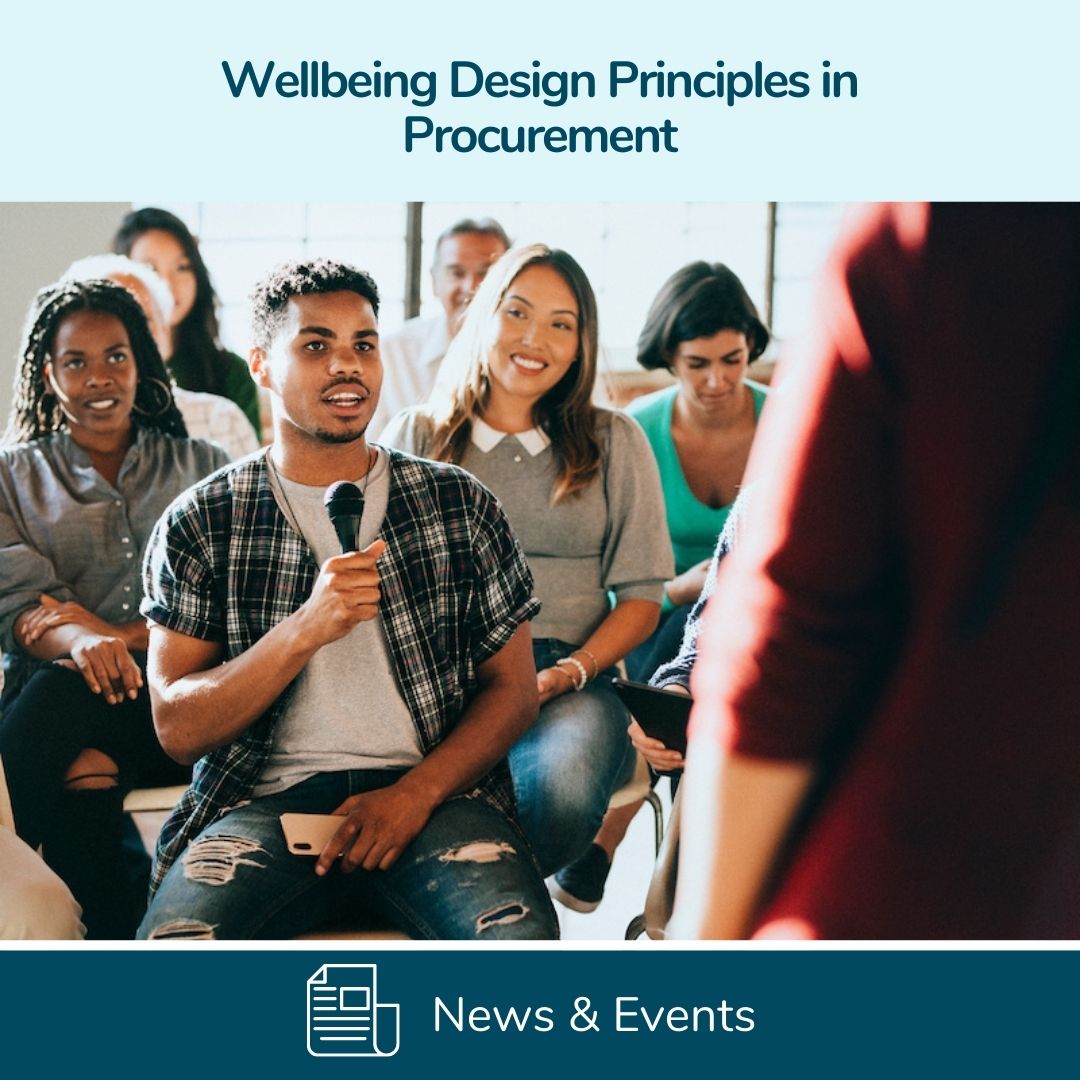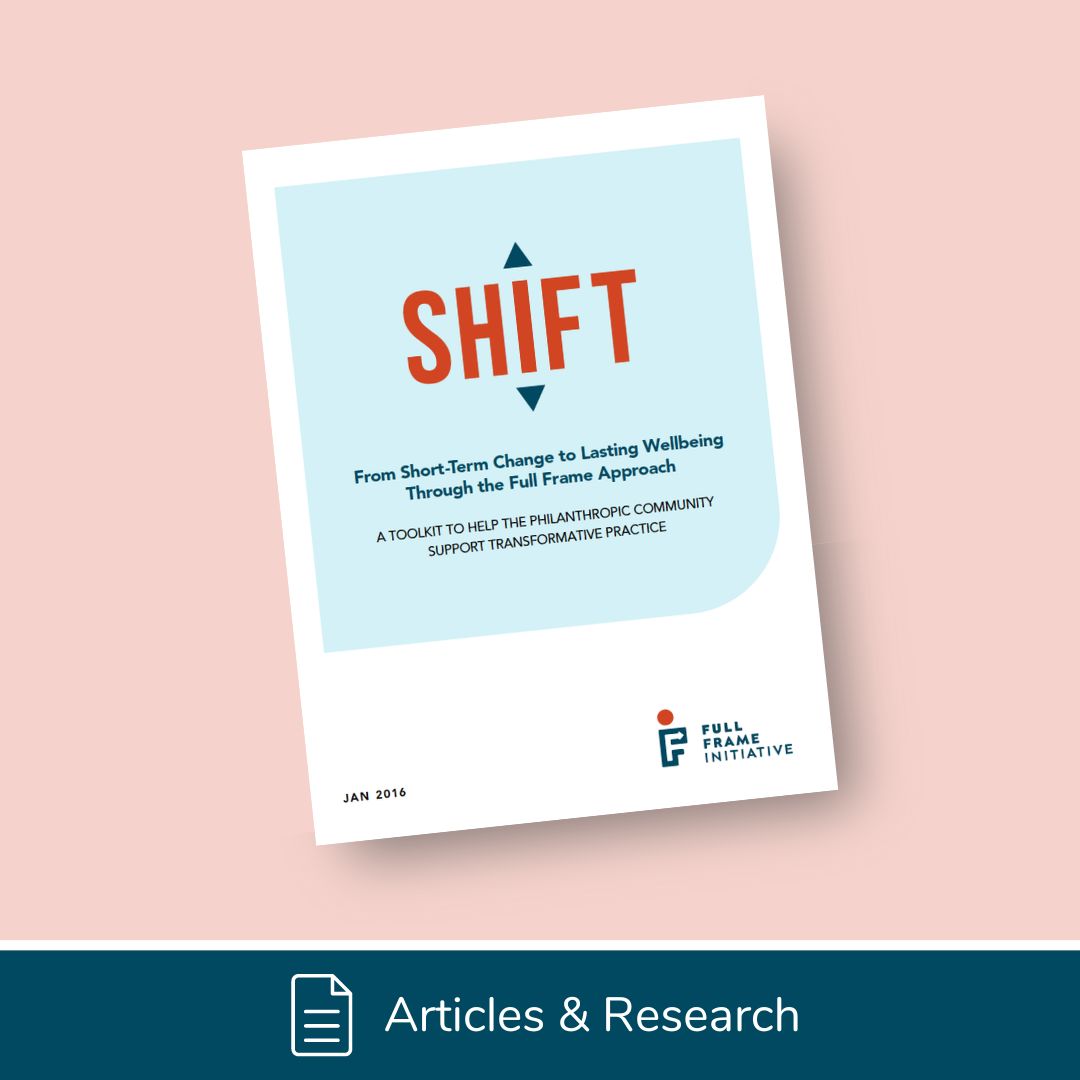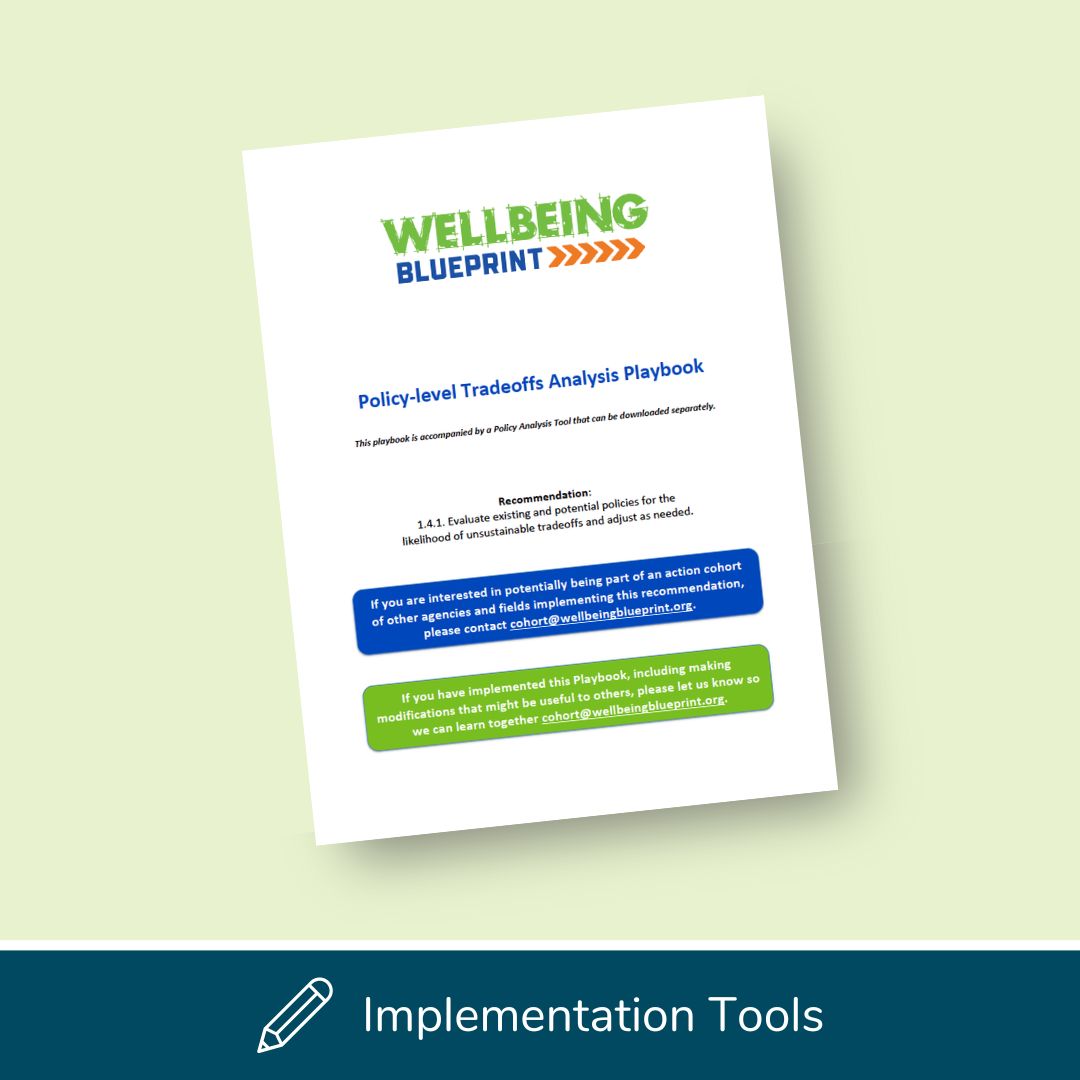Make change in procurement
Looking for ideas on where to start? Here are some examples:
Require flexible funding in budgets.
In our experience, one of the biggest impacts on increased access to wellbeing is for awards recipients to have the flexibility to pay for what would most enable access to wellbeing as scenarios arise.
Require recipients to engage people impacted by the project in the design of the project.
This not only allows for better buy-in, but actually creates a better project, program or product. The people most impacted have the deepest understanding of the tradeoffs (wellbeing costs) involved.
Apply wellbeing design principles to your procurement process.
Learn how to design procurement processes to focus on equitable access to wellbeing so that you can direct funds to bidders who are doing transformational work. Here are some ideas for how to apply wellbeing design principles to your procurement process.
Join a learning community.
We are convening a group of human services leaders interested in integrating equitable access to wellbeing in procurement and sharing lessons. Learn more and contact us to get involved.







